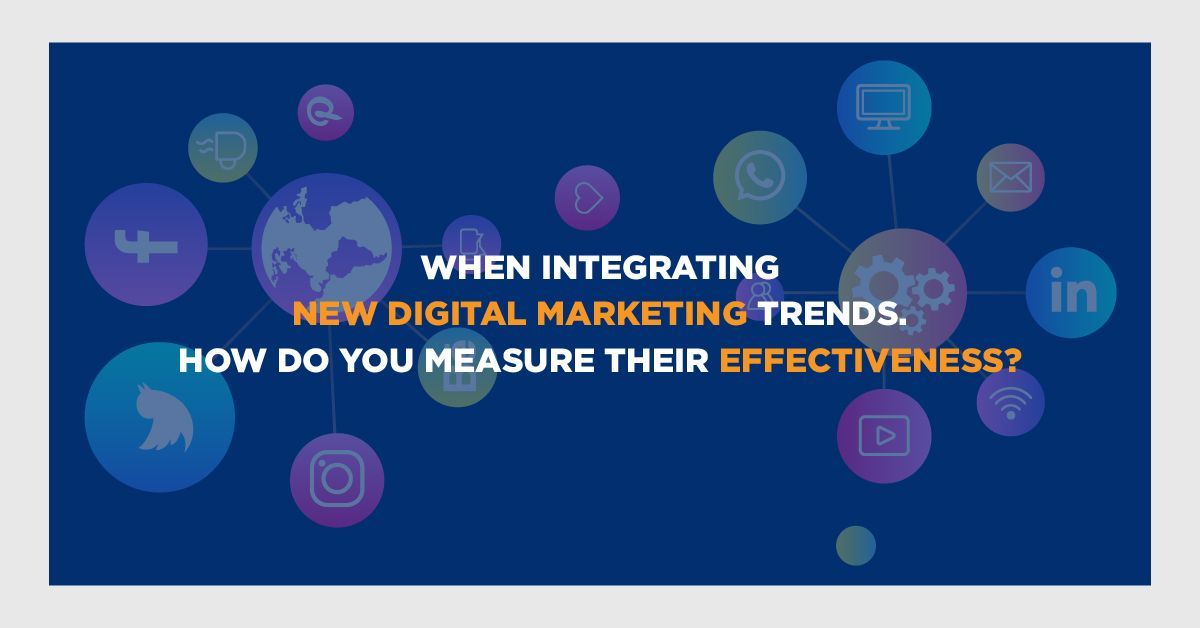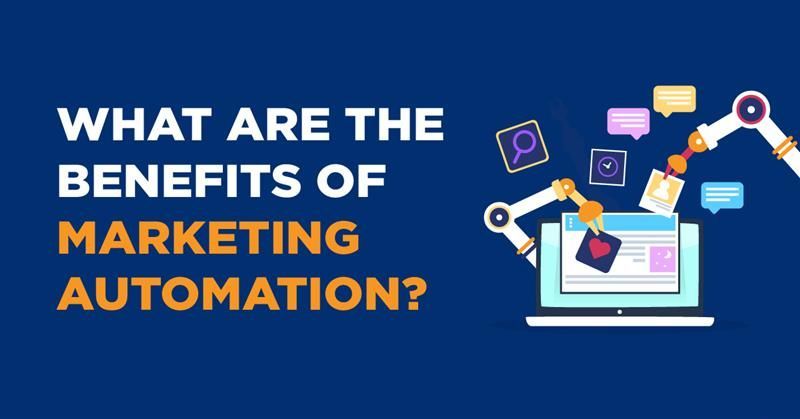Digital Marketing Strategy for a Successful Product Launch
August 8, 2024

Digital Marketing Strategy for a Successful Product Launch
Launching a product successfully requires a well-crafted digital marketing strategy that maximizes reach, engagement, and conversion. Here's a comprehensive guide to developing an effective digital marketing strategy for a product launch:
1. Pre-Launch Phase
Market Research
- Identify Target Audience: Understand the demographics, psychographics, and buying behavior of your potential customers.
- Competitor Analysis: Study competitors' strategies, strengths, and weaknesses to identify market gaps and opportunities.
Branding and Positioning
- Unique Value Proposition (UVP): Define what makes your product unique and how it addresses the pain points of your target audience.
- Brand Messaging: Develop clear and consistent messaging that resonates with your audience across all channels.
Content Creation
- Teasers and Announcements: Create engaging teasers to build anticipation. Use countdowns, sneak peeks, and behind-the-scenes content.
- Educational Content: Develop blog posts, videos, infographics, and webinars that educate your audience about the product's benefits and use cases.
Social Media Strategy
- Platform Selection: Choose social media platforms where your target audience is most active.
- Content Calendar: Plan a schedule for posts leading up to the launch. Include a mix of teasers, educational content, and engagement posts.
- Influencer Partnerships: Collaborate with influencers in your niche to amplify your reach and build credibility.
Email Marketing
- Build an Email List: Use lead magnets like free e-books, webinars, or discount codes to attract sign-ups.
- Pre-Launch Email Campaign: Send a series of emails to nurture your audience, build anticipation, and provide exclusive sneak peeks.
Website and Landing Page
- Landing Page Optimization: Create a compelling landing page with clear CTAs, engaging visuals, and concise information about the product.
- SEO: Optimize your website and landing page for relevant keywords to improve organic search visibility.
2. Launch Phase
Social Media Campaigns
- Live Launch Events: Host live events on platforms like Facebook, Instagram, or YouTube to interact with your audience in real-time.
- User-Generated Content: Encourage customers to share their experiences using your product with a specific hashtag.
Paid Advertising
- PPC Campaigns: Run pay-per-click campaigns on Google Ads, Facebook, and Instagram to drive traffic to your landing page.
- Retargeting Ads: Use retargeting ads to re-engage visitors who showed interest but didn’t convert.
Public Relations
- Press Releases: Distribute press releases to relevant media outlets and industry publications.
- Media Outreach: Pitch your product to bloggers, journalists, and influencers for potential coverage.
3. Post-Launch Phase
Customer Feedback and Reviews
- Collect Reviews: Encourage customers to leave reviews on your website, social media, and review platforms.
- Customer Testimonials: Showcase positive testimonials to build trust and credibility.
Continuous Engagement
- Content Updates: Keep your audience engaged with regular updates, tutorials, and new use cases for your product.
- Community Building: Foster a community around your product through social media groups, forums, and user meetups.
Analytics and Optimization
- Track Metrics: Monitor key performance indicators (KPIs) such as website traffic, conversion rates, and social media engagement.
- Optimize Campaigns: Analyze the data to identify what worked and what didn’t. Adjust your strategies accordingly for continuous improvement.
Tools and Platforms
Social Media Management
- Hootsuite, Buffer, Sprout Social: Schedule and manage your social media posts.
Email Marketing
- Mailchimp, Sendinblue, ConvertKit: Create and manage email campaigns.
Analytics
- Google Analytics, SEMrush, HubSpot: Track and analyze website and marketing performance.
SEO
- Yoast SEO, Ahrefs, Moz: Optimize your content for search engines.
Advertising
- Google Ads, Facebook Ads Manager: Create and manage paid ad campaigns.
Conclusion
By following these steps and utilizing the right tools, you can create a robust digital marketing strategy that ensures a successful product launch, drives engagement, and fosters long-term customer loyalty.










